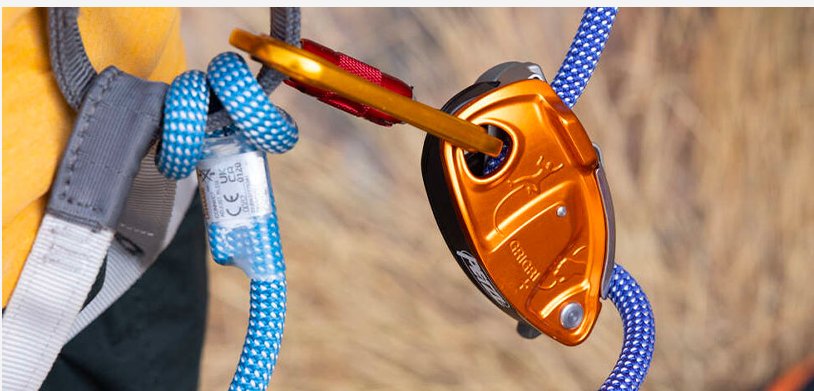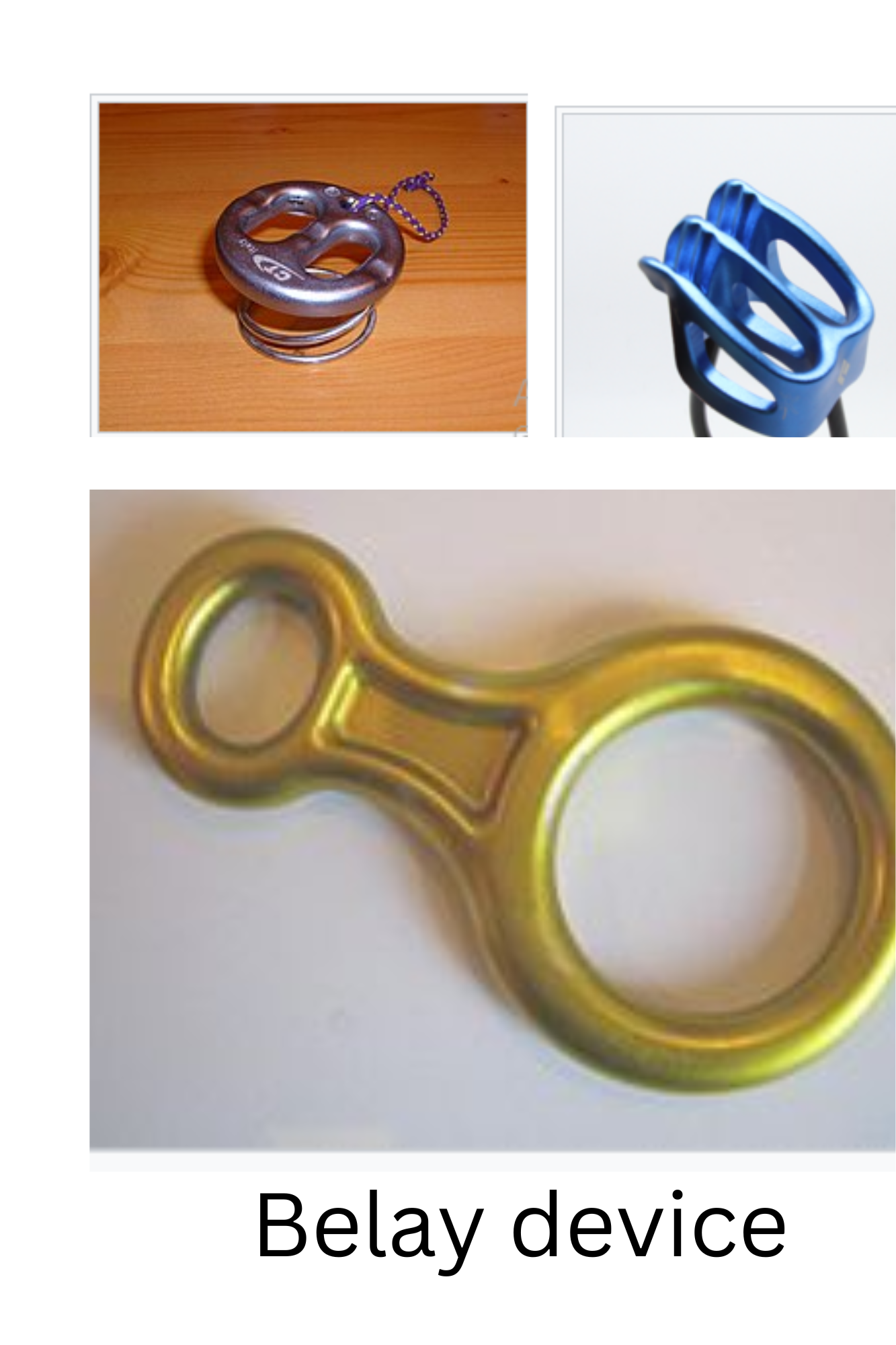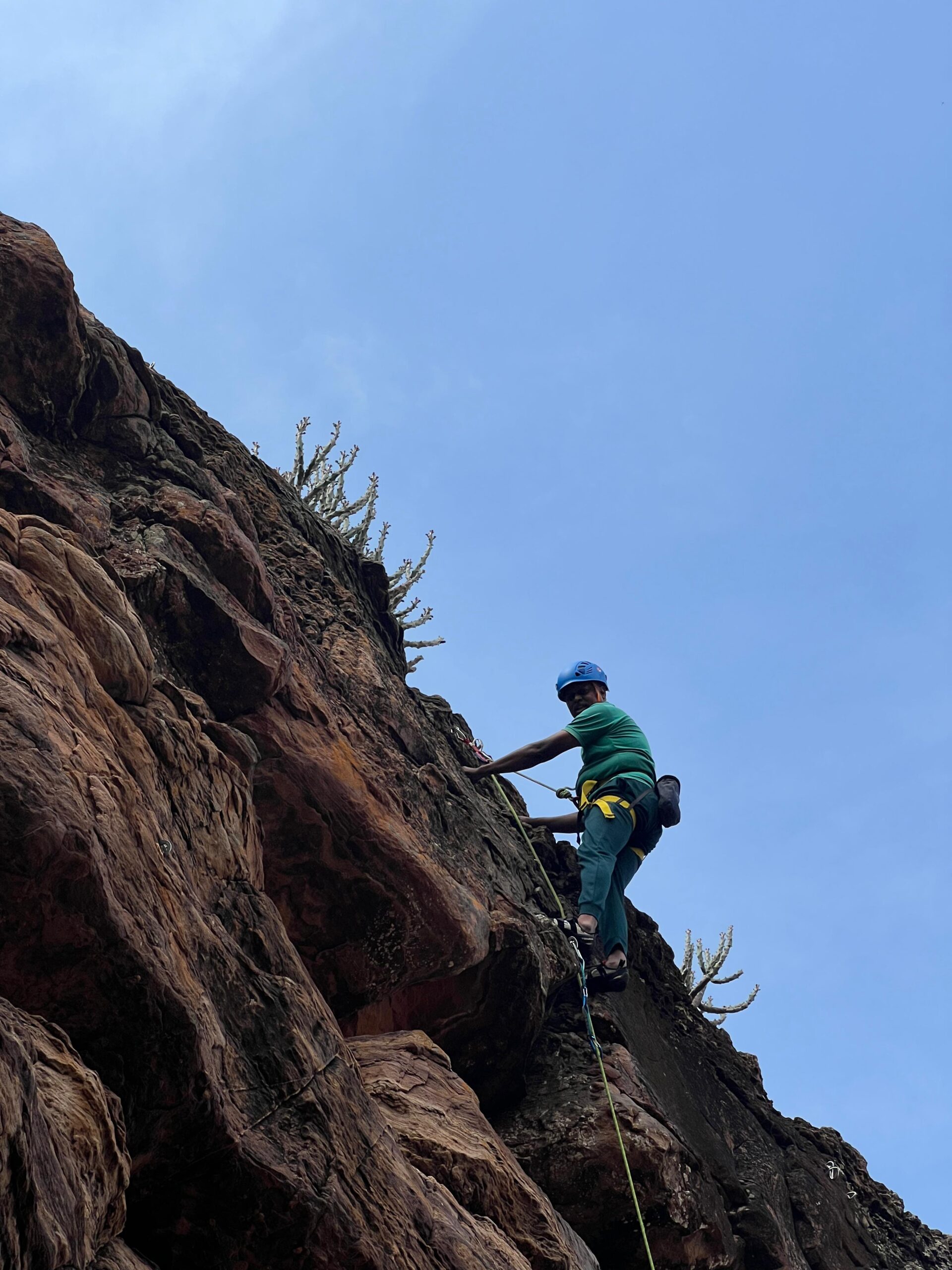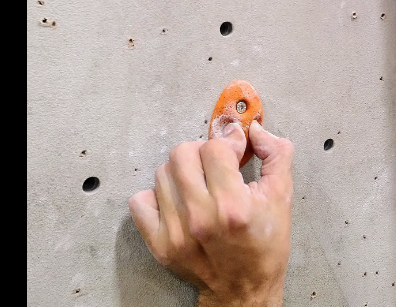A Complete Guide to Belay Devices: Types, Uses, and Expert Insights
Welcome to AlpiniaHub! If you’re exploring the world of climbing, understanding belay devices is crucial.
A belay device is a mechanical piece of climbing equipment designed to manage rope friction
during belaying It significantly enhances climber safety,
enabling a belayer to arrest falls, lower climbers, or manage slack with minimal physical effort. Let’s delve into what belay devices are, the different types available, and tips for choosing the right one for your climbing adventures.
What is a Belay Device?
A belay device is a critical tool for climbers, acting as a friction brake to manage the climbing rope. By using a belay device, even a smaller, less muscular belayer can easily catch the fall of a much heavier climber. The device operates by creating tight bends and friction on the rope, slowing it down and absorbing the force of a fall. Modern belay devices offer a range of features, from simplicity to advanced assisted-braking mechanisms.
Types of Belay Devices
- Aperture Belay Devices
These devices work by threading a bight (loop) of rope through a hole or slot and attaching it to a carabiner.
- Sticht Plate
The Sticht plate, the first mechanical rope brake, was invented by Fritz Sticht. It’s a small metal plate with slots for threading rope and attaching to a locking carabiner.
While innovative for its time, modern designs have largely replaced it due to smoother rope control.

- Tubular Belay Devices
Often referred to as “tubes,” these are the most commonly used belay devices today. Examples include the ATC (Air Traffic Controller). They offer:
Greater friction for improved stopping power.
Versatility for belaying and rappelling.
Compatibility with single and double ropes.

- Figure Eight Descenders
Figure eight devices are primarily used for rappelling but can also belay climbers.
Their larger loop design creates smooth rope descent but may twist the rope, making them less popular in gyms.

- Assisted Braking Devices (ABDs)
These devices, such as the Petzl GriGri, feature a camming mechanism that engages under load to stop the rope. They offer exceptional safety and are ideal for beginners or situations requiring added security.
- Guide Plates and Tubular Variants
Devices like the Petzl Reverso act as auto-blocking belay devices when attached to an anchor point. They combine the benefits of tubular designs with advanced features for multi-pitch climbing.
- Auto-Belay Devices
Used primarily in climbing gyms, auto-belays allow solo climbing by automatically managing rope tension. These devices often use magnetic or hydraulic braking systems for controlled descents.
Choosing the Right Belay Device
Selecting a belay device depends on several factors, including:
Climbing Style: For gym climbing, tubular devices or auto-belays are suitable. For outdoor sport climbing, an assisted braking device like the GriGri is a solid choice.
Rope Type and Diameter: Ensure the device matches the rope’s diameter. Some devices are optimized for thinner ropes (e.g., 8.5mm-9.4mm), while others handle thicker ropes.
Experience Level: Beginners often benefit from assisted braking devices due to their added safety features.
Intended Use: For multi-pitch climbing, a guide plate or Reverso offers versatility.
Expert Insights and Tips
Practice Makes Perfect: Always practice with a new belay device in a controlled environment before using it in real scenarios.
Regular Maintenance: Inspect your belay device for wear, especially after extensive use.
Stay Engaged: Even with assisted-braking devices, always keep a hand on the brake rope to maintain control.
Popular Belay Devices to Explore
Petzl GriGri: Assisted braking for single ropes, ideal for sport climbing.

Black Diamond ATC-Guide: Versatile tubular device for single and double ropes.
Kong GiGi: Lightweight guide plate for multi-pitch climbs.
Final Thoughts
Belay devices are essential for climbing safety and efficiency. Whether you’re a beginner or a seasoned climber, understanding the options available and how to use them properly will make your climbing experiences safer and more enjoyable. Explore, learn, and practice to master your belaying skills!
For more climbing tips and gear recommendations, visit AlpiniaHub.


